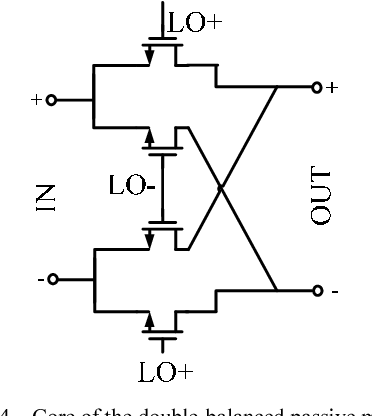Me- “You know, like a fixture that is turned on-off from 2 (or more) locations...”
Homeowner- “Why is it called a 3-way switch?”
Me- “Uh... I don’t know... It just is...”
I’m to the point where I don’t use terms like 3-way and 4-way switches with HO’s unless they say it first.
By the way, why is it called 3-way switching and 4-way switching?
Homeowner- “Why is it called a 3-way switch?”
Me- “Uh... I don’t know... It just is...”
I’m to the point where I don’t use terms like 3-way and 4-way switches with HO’s unless they say it first.
By the way, why is it called 3-way switching and 4-way switching?





